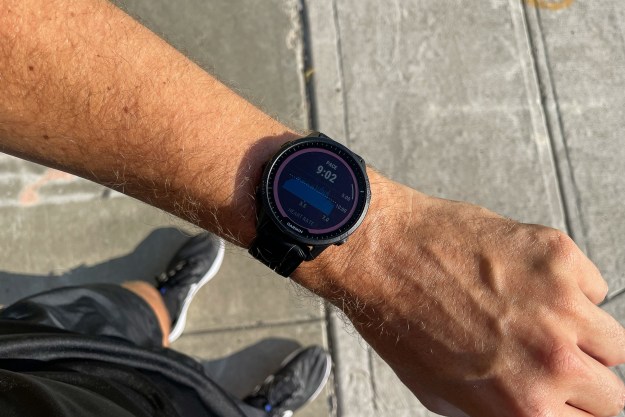
In the University College London study, researchers took brain scans of 24 participants as they virtually navigated around central London. Their primary focus was the hippocampus and the prefrontal cortex, brain regions that account for things like memory, navigation, planning, and decision-making.
The scans showed that participants who navigated the simulation manually — i.e., without the aid of a sat-nav — had increased activity in the hippocampus and prefrontal cortex when they experienced new and unknown streets. This activity increased with the number of route options. However, participants using sat-navs showed no added brain activity.
“Entering a junction such as Seven Dials in London, where seven streets meet, would enhance activity in the hippocampus, whereas a dead-end would drive down its activity. If you are having a hard time navigating the mass of streets in a city, you are likely putting high demands on your hippocampus and prefrontal cortex,” Hugo Spiers, senior author of the study, said in a news release.
“Our results fit with models in which the hippocampus simulates journeys on future possible paths while the prefrontal cortex helps us to plan which ones will get us to our destination,” he continued. “When we have technology telling us which way to go, however, these parts of the brain simply don’t respond to the street network. In that sense our brain has switched off its interest in the streets around us.”


